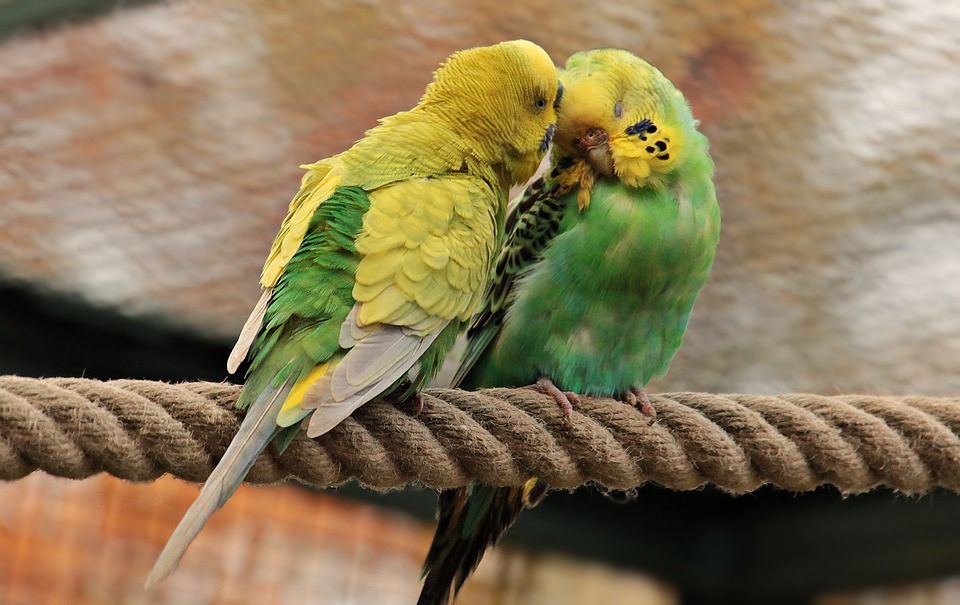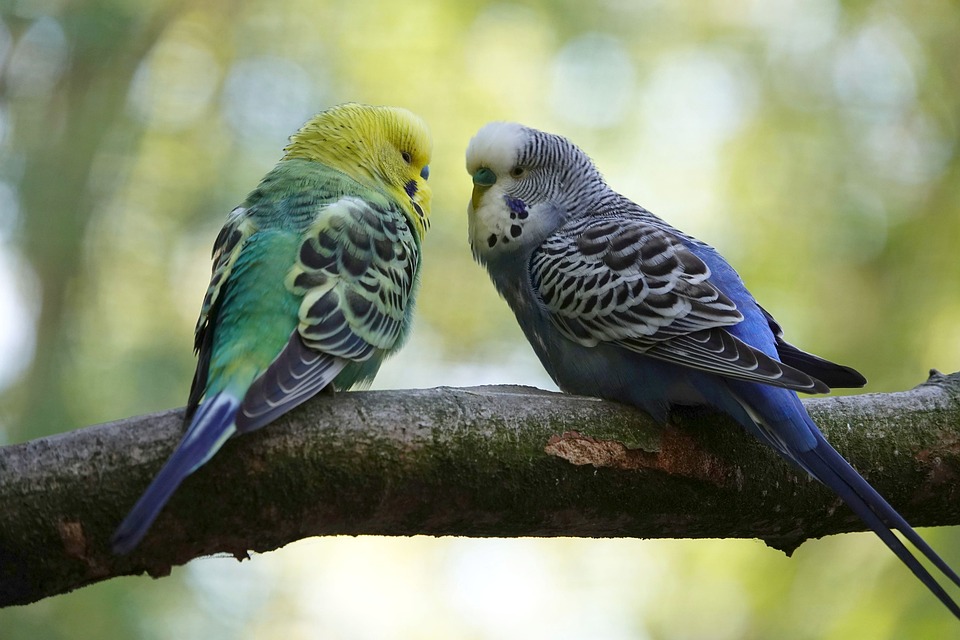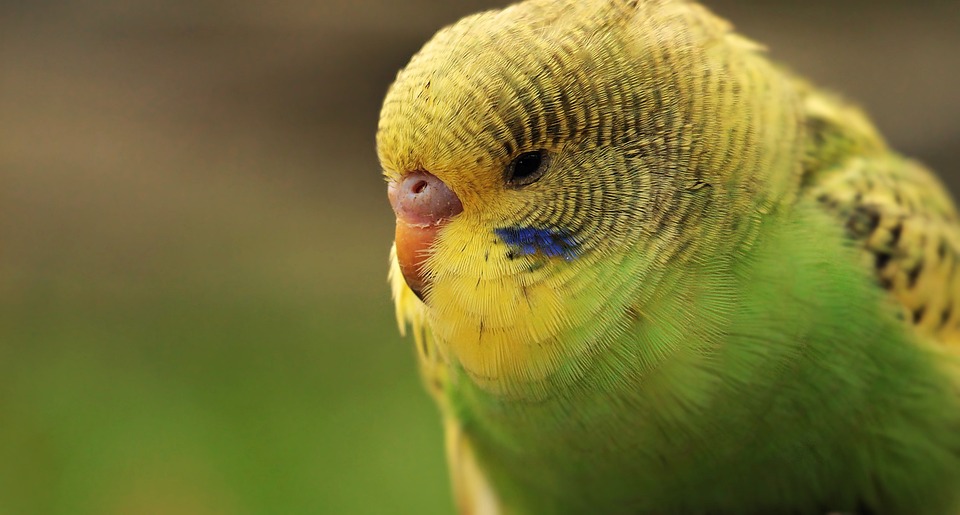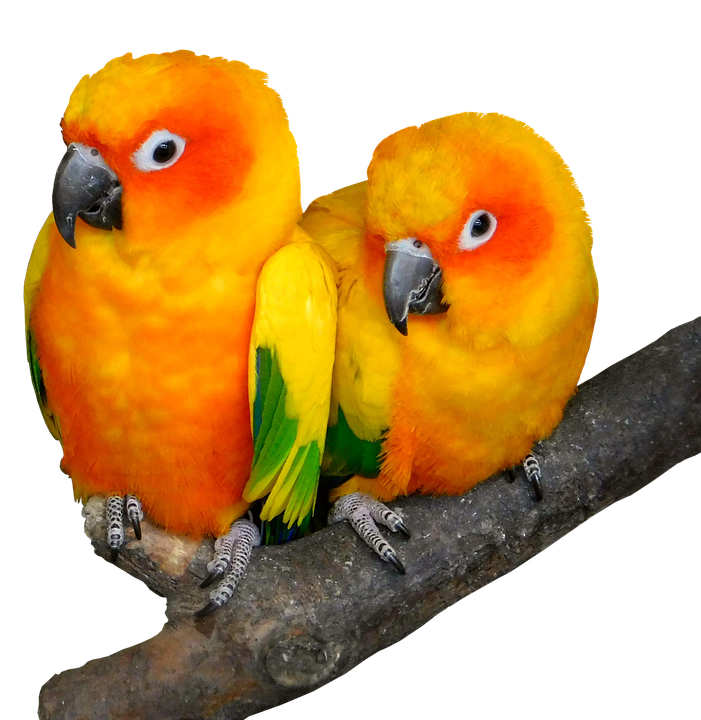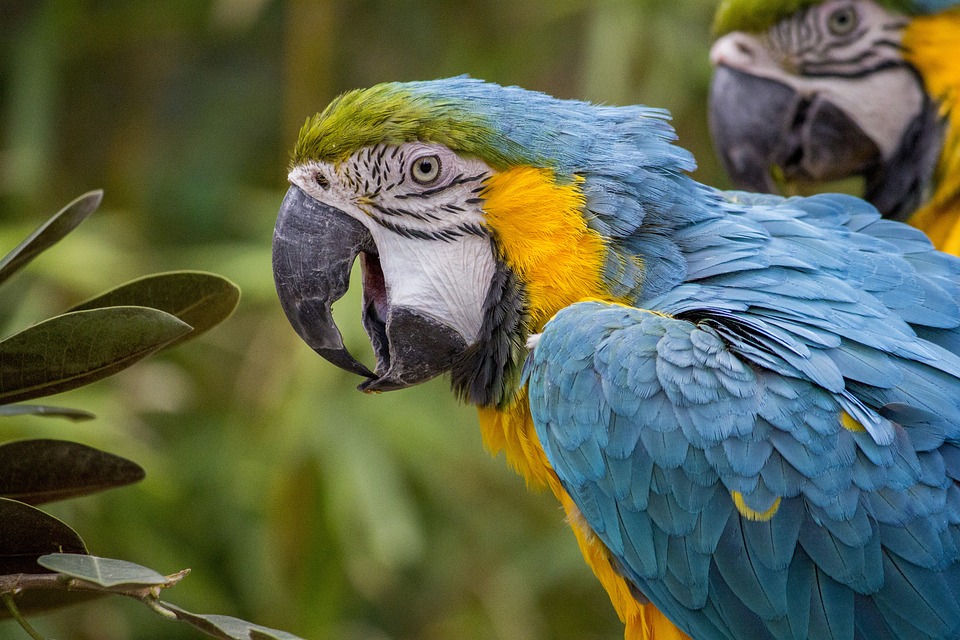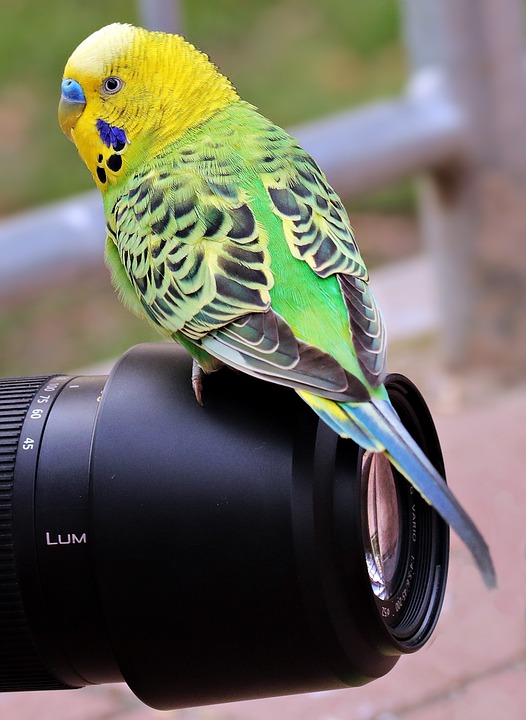Parrots are fascinating creatures known for their intelligence and ability to mimic human speech. However, understanding their behavior and effectively training them requires a deeper understanding of their instincts, natural behaviors, and responses to training cues and commands. In this article, we will delve into the intricacies of parrot behavior and provide insights on how to train them effectively.
Parrots are social creatures with a flock mentality, which means they thrive in the presence of companionship and interaction. They have a strong need for social interaction, both with humans and other parrots. This social nature plays a significant role in their behavior and responses to training cues and commands.
Communication is essential for parrots, and they use a combination of vocalizations and body language to convey their thoughts and feelings. Vocalizations can range from cheerful chirping to loud screeching, and every parrot has its unique repertoire of sounds. Understanding these vocalizations can help you interpret your parrot’s needs and emotions.
In addition to vocalizations, parrots also use body language to express themselves. They may puff up their feathers when feeling threatened or excited, bob their heads in a rhythmic motion when happy, or display aggressive behaviors like biting or lunging when feeling defensive. Paying attention to these non-verbal cues can help you better understand your parrot’s behavior and respond accordingly.
Parrots also exhibit instinctive behaviors and natural habits that are deeply ingrained in their biology. For example, they may engage in preening to groom themselves or engage in foraging behaviors to search for food. Understanding these natural behaviors can help you create a suitable environment for your parrot and provide opportunities for mental and physical stimulation.
When it comes to training cues and commands, positive reinforcement techniques are highly effective with parrots. These techniques involve rewarding desired behaviors with treats or praise, which encourages the parrot to repeat those behaviors. The power of rewards and treats should not be underestimated, as parrots are motivated by food and positive attention.
Clicker training is another popular method for training parrots. It involves using a clicker device to mark desired behaviors, followed by a reward. The clicker serves as a distinct sound that signals to the parrot that it has performed the desired behavior correctly. With consistent clicker training, parrots can quickly learn to associate the click with positive reinforcement.
Consistency and repetition are key when it comes to training parrots. Establishing clear training cues and using them consistently can help your parrot understand what you expect from them. Reinforcing commands through regular practice and repetition helps solidify the desired behaviors in your parrot’s repertoire.
Patience and understanding are essential when training parrots. Each parrot has its own unique personality, and it is crucial to respect and work within their individual comfort zones. Punishment-based training methods should be avoided, as they can lead to fear and aggression in parrots. Positive reinforcement and gentle correction are far more effective in building trust and a strong bond with your parrot.
Now let’s address some frequently asked questions about parrot behavior:
Q1. How long does it take to train a parrot?
The training duration varies depending on the parrot’s species, age, and individual personality. While some parrots may quickly pick up on cues and commands, others might require more time and patience. It is best to approach training as a gradual process, allowing the parrot to learn at its own pace.
Q2. Can parrots be trained to perform tricks?
Yes, parrots are highly trainable and can learn an array of tricks. From simple tricks like shaking hands or waving to more complex feats such as fetching objects, parrots can excel with consistent training and positive reinforcement.
Q3. What are some common behavior problems in parrots and how can they be addressed?
Parrots may exhibit behavior problems like biting, screaming, or feather plucking. These issues often stem from boredom, lack of mental stimulation, or inadequate socialization. Addressing these problems requires a combination of training, environmental enrichment, and providing a healthy diet to ensure the parrot’s overall well-being.
Q4. Are certain parrot species more trainable than others?
While all parrots possess the ability to learn and be trained, certain species, such as African Greys and Amazons, are known for their exceptional intelligence and trainability. However, every parrot is unique, and individual temperament and personality play a significant role in their trainability.
Q5. Can parrots be trained to talk?
Yes, parrots are renowned for their ability to mimic human speech. With patient training and repetition, many parrots can learn to mimic words and phrases. However, not all parrots will develop this skill, and it largely depends on the individual parrot’s inclination and vocal abilities.
In conclusion, understanding parrot behavior is crucial for successful training and building a strong bond with these remarkable creatures. By applying positive reinforcement techniques, consistency, and patience, you can effectively train your parrot to respond to cues and commands. Remember to respect their individual personalities and avoid punishment-based methods. With time and effort, you can unlock the full potential of your parrot’s intelligence and enjoy a harmonious companionship.


